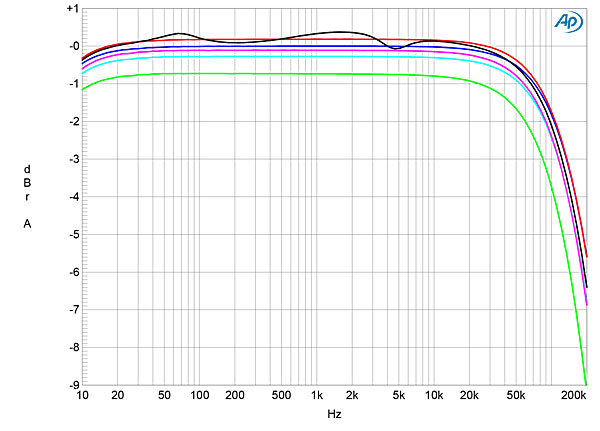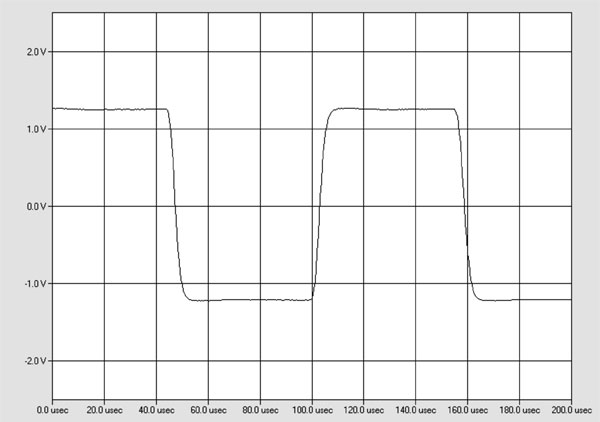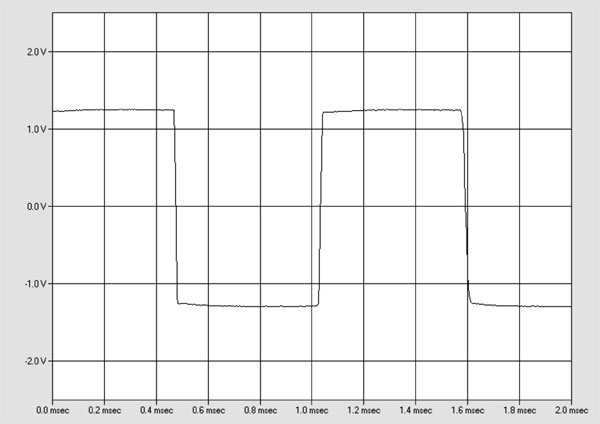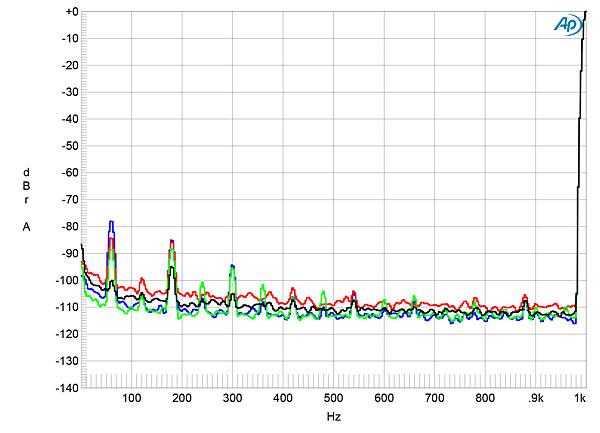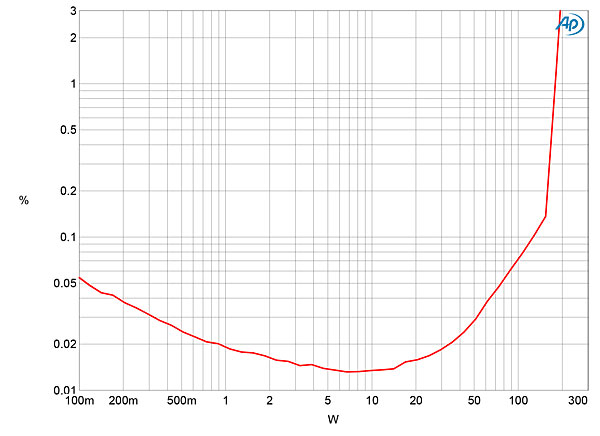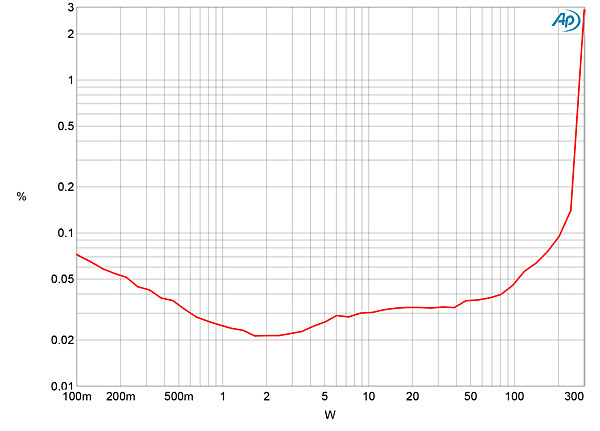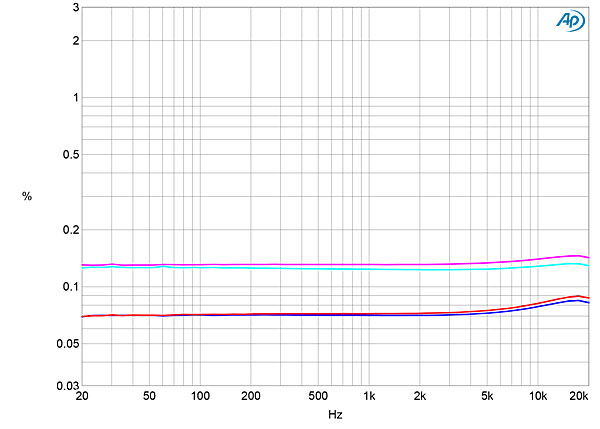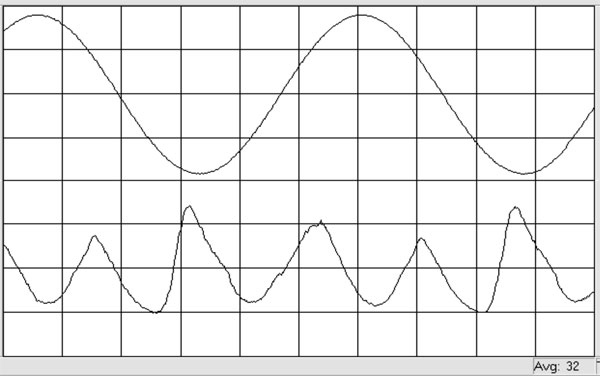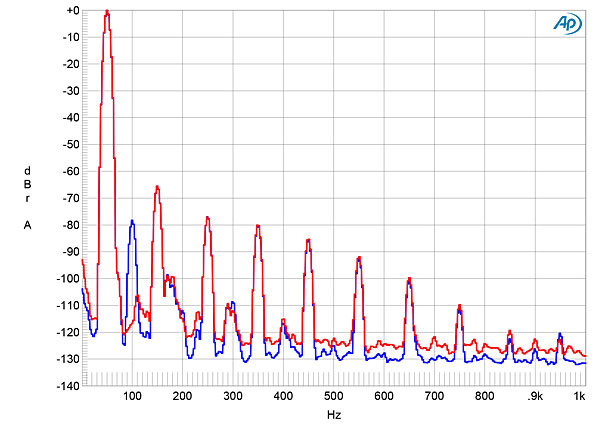| Columns Retired Columns & Blogs |
Yet another integrated amp that has measurements on-par with the Outlaw RR2160 (well, no DAC or phono measured for the Mimas), yet has far less features (subwoofer output with selectable crossovers, main in for DSP, A/B speaker outputs, tone controls, etc. and yet costs magnitudes more.
